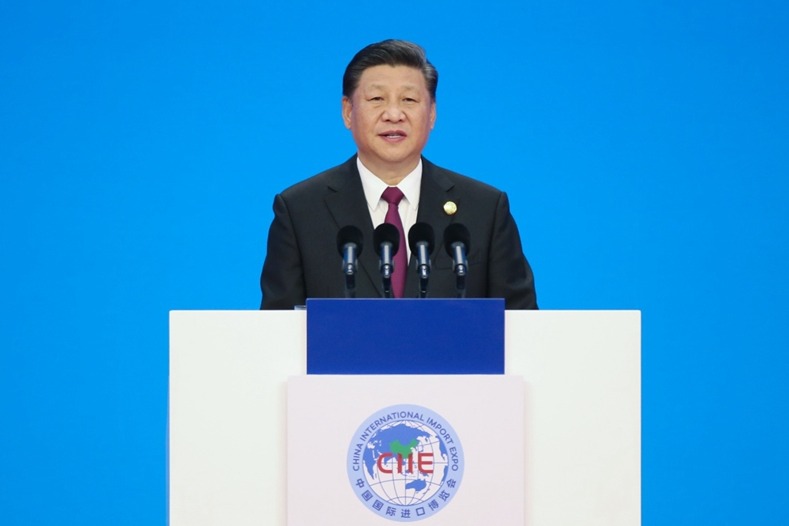Sculpting a civilization
Intricately crafted jadeware, dating back four millennia, helped carve out a blueprint for China's earliest societies, Deng Zhangyu and Zhou Lihua report in Wuhan.
By Deng Zhangyu and Zhou Lihua in Wuhan | China Daily | Updated: 2024-04-18 06:07

As well as almost identical facial features, their hairstyles and crowns also bear a similarity to each other. The patterns from Shijiahe culture have also been widely found in other prehistoric cultures and subsequent dynasties, which illustrates the diversified unity of Chinese civilization, according to Wan Ling, director of Panlongcheng Site Museum.
Jade artifacts excavated at the Panlongcheng site, where an ancient city of the Shang Dynasty (c.16th century-11th century BC) existed, also exhibit similarities to those found at Shijiahe.
Wan says that it vividly narrates the cultural interaction and integration among the late Neolithic cultures in various parts of China through the medium of jade.
Many of the jade pieces on display were discovered in the tombs of high-ranking members of society at the time, such as tribal leaders, rulers and military officials, demonstrating the social status of the tombs' owners. Many of them were skillfully sculpted into shapes of animals, such as tigers, eagles, cicadas, phoenixes and dragons.
Jade cicadas were numerous, as they represented the afterlife, and were particularly prevalent at Shijiahe.
Images of the phoenix were also popular motifs on Shijiahe jadeware.
























